This article was medically reviewed by Jennifer Boidy, RN. Jennifer Boidy is a Registered Nurse in Maryland. She received her Associate of Science in Nursing from Carroll Community College in 2012.
There are 8 references cited in this article, which can be found at the bottom of the page.
This article has been viewed 110,776 times.
If you got stung by a wasp, it can cause pain, redness, and swelling. You can treat most wasp stings cat home with basic supplies like ice and over-the-counter painkillers. However, allergic reactions can be deadly. If you experience issues like difficulty breathing, intense pain, and swelling, go to the ER immediately to seek help. If you have an allergic reaction to an insect sting, protect yourself in future by carrying an emergency sting kit with you.
Steps
Treating a Sting at Home
-
1Remove the stinger if necessary. If the stinger is still in place, remove it immediately by scraping over it with a blunt object, such as a credit card or fingernail. You can also remove it with tweezers or pliers, but try not to squeeze the venom sac, as this will cause more venom to be released.[1]
- Only remove the stinger if the person can remain still. Young children or babies who have been stung may be too fidgety to safely remove a stinger. If you cannot remove the stinger, visit a doctor to have the stinger removed.
-
2Wash the area with soap and water. After removing the stinger, you'll want to wash the puncture wound. Gently wash the wound with tap water and soap, using paper towel or a clear cloth. If you have antibacterial spray or ointment, apply it to the wound after washing it.[2]Advertisement
-
3Ice the area. If you don't have a reaction beyond mild pain, you can treat the sting with ice. Wrap a bag of ice or an ice pack in a clean cloth or other covering. Place it over the puncture wound for 10 minutes. Then, remove the ice for 10 minutes.[3]
- Ice your wound 10 minutes on and 10 minutes off as pain persists.
-
4Provide over-the-counter medication. If you notice minor symptoms like swelling and pain, take an over-the-counter medication. The antihistamine medicine diphenhydramine (Benadryl) can be taken orally to reduce itching.[4] Take ibuprofen or acetaminophen as needed for pain, following the dosing instructions on the package.
- If you're on any existing medication, make sure it's safe to take with over-the-counter medications.
- This is only intended to treat mild symptoms. Severe swelling and pain should be evaluated by a doctor.
Seeking Medical Care
-
1Recognize a severe allergic reaction. Some people may have allergies to the venom in wasps. Severe allergic reactions can cause major health problems and may lead to death if untreated. It's vital you're able to recognize a severe allergic reaction so you can seek emergency medical assistance. Symptoms include:[5]
- Hives, which are raised itchy bumps on the skin
- Swelling of the mouth or throat
- Wheezing
- Shortness of breath
- Nausea
- Vomiting
- Chest pain
- Fainting
-
2Seek emergency treatment for an allergic reaction. If you have any signs of a severe allergic reaction, call for an ambulance or have someone take you to emergency care. A severe reaction can quickly lead to anaphylaxis and death. A medic could save your life with an epinephrine injection or other emergency treatment.[6]
-
3Seek medical care for risky stings. Even if there are no signs of an allergic reaction, visit a doctor immediately if any of the following apply:[7]
- The victim was stung more than 10 times.
- The sting happened near or inside the mouth or throat, which can interfere with breathing.
- The victim is an infant, child, or elderly person.
- If the wasp stung an eyeball, visit an ophthalmologist (eye doctor).
-
4See a doctor for less severe cases. If you are uncomfortable but do not have any of the symptoms listed above, you can still visit a doctor for advice. A doctor will perform an examination in which they take your vital signs, like blood pressure, pulse, and temperature. Depending on the severity of your symptoms, and your current health and medical history, your doctor will recommend a course of treatment to stop the reaction.[8]
-
5Take any medications your doctor recommends. Your doctor will recommend medication to treat your symptoms. For a milder reaction, your doctor my prescribe painkillers, antihistamines, and topical corticosteroids. For a more intense reaction, your doctor my prescribe a round of oral corticosteroids that you take for three to five days.[9]
- Make sure to follow your doctor's instructions carefully when taking any medications.
-
6Watch for signs of infection. If the symptoms around the sting site get worse, seek medical attention immediately. Possible signs of infection include increased pain and swelling, redness, pus drainage, or fever.[10]
Preventing a Reoccurrence
-
1Ask a doctor about a sting emergency kit. If you had a significant allergic reaction to a wasp sting, ask a doctor about emergency treatments you can carry with you. A self-administered epinephrine injection such as an EpiPen could save your life.[11]
- Also consider wearing a medical alert bracelet whenever you go out.
-
2Wear protective clothing and shoes outdoors. When outdoors, opt for long-sleeved shirts and pants over t-shirts and shorts, especially if you're doing something like hiking where you're likely to encounter bugs. You should also always wear close-toed shoes when going in grassy areas. You can get stung by stepping on a bee or wasp.[12]
-
3Minimize strong scents when going outside. Strong smells can attract bees and wasps. Avoid using scented products when outside for long periods. You should also keep natural smells, like sweat, in check. Use non-scented deodorant and antiperspirant to keep wasps and bees away.[13]
-
4Keep outdoor areas free of food. Always clean up after things like picnics and barbecues. Built up food outside can attract bugs like wasps and bees. In general strive to eat inside to minimize your exposure to bugs.[14]
Warnings
- It's very important to go to the emergency room if you have an allergic reaction. An allergic reaction a bee or wasp sting can be deadly.⧼thumbs_response⧽
References
- ↑ https://medlineplus.gov/ency/article/002857.htm
- ↑ https://www.aad.org/public/everyday-care/injured-skin/bites/treat-bee-sting
- ↑ https://medlineplus.gov/ency/article/002857.htm
- ↑ https://medlineplus.gov/ency/article/002857.htm
- ↑ https://www.aad.org/public/everyday-care/injured-skin/bites/bug-bites-see-dermatologist
- ↑ https://www.uptodate.com/contents/bee-and-insect-stings-beyond-the-basics
- ↑ http://www.emedicinehealth.com/bee_and_wasp_stings/article_em.htm
- ↑ http://www.emedicinehealth.com/bee_and_wasp_stings/page4_em.htm
- ↑ http://www.medicalnewstoday.com/articles/297999.php
- ↑ https://myhealth.alberta.ca/Health/aftercareinformation/pages/conditions.aspx?hwid=uh3298
- ↑ http://www.emedicinehealth.com/bee_and_wasp_stings/page5_em.htm
- ↑ http://www.emedicinehealth.com/bee_and_wasp_stings/page3_em.htm
- ↑ https://dengarden.com/gardening/How-to-Avoid-Bee-and-Wasp-Stings
- ↑ http://www.medicalnewstoday.com/articles/297999.php
About This Article
To take care of a wasp sting, start by carefully pulling the stinger out with tweezers if it's still in your skin. Then, wash your skin with soap and water. If you're only experiencing mild pain, try icing the sting for 10 minutes at a time with 10-minute breaks in between. You can also take an over-the-counter pain medication, like ibuprofen, or an antihistamine, like Benadryl, to alleviate pain and itching. If you're experiencing severe pain or swelling, have your sting evaluated by a doctor as soon as possible. To learn how to prevent wasp stings, scroll down!
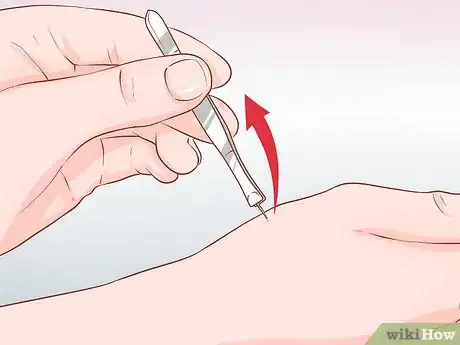
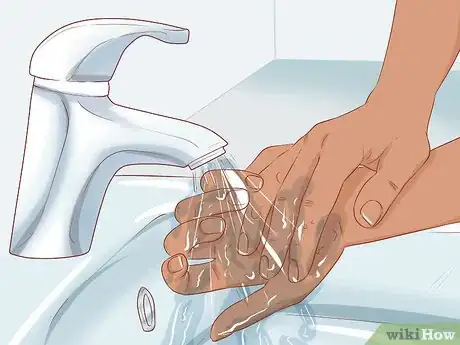
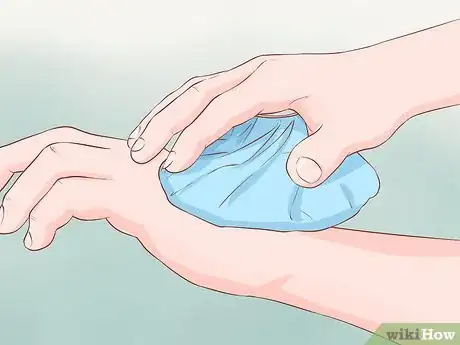
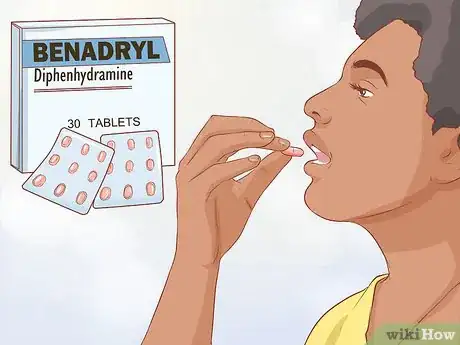
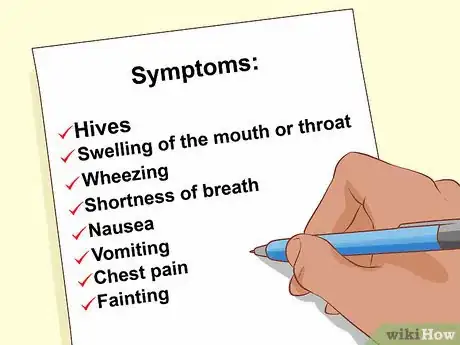
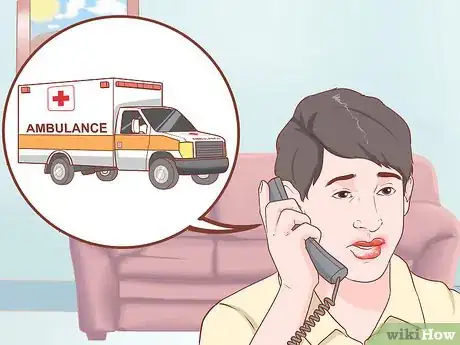
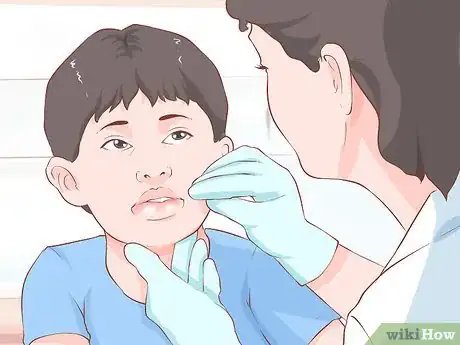
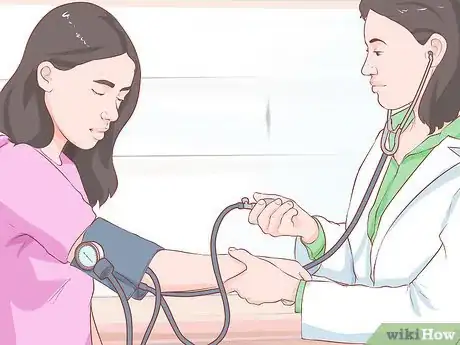
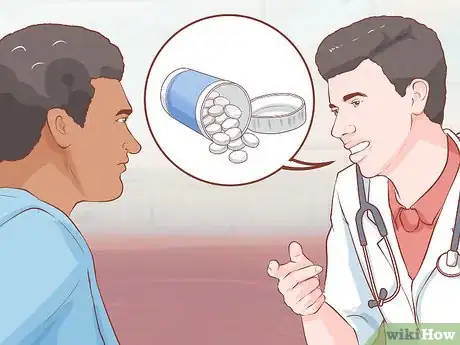
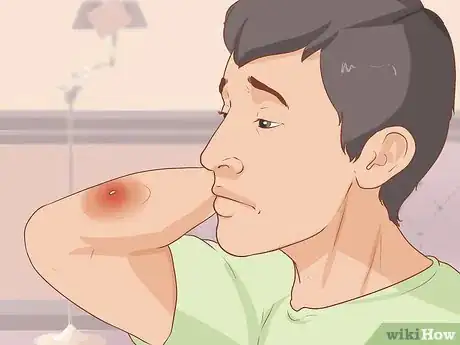
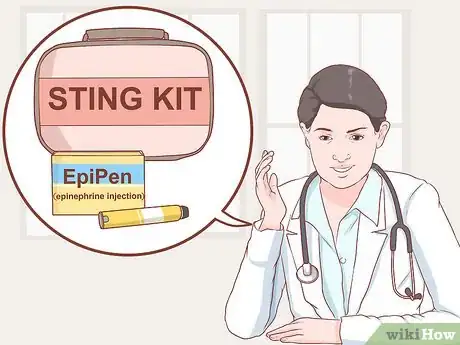
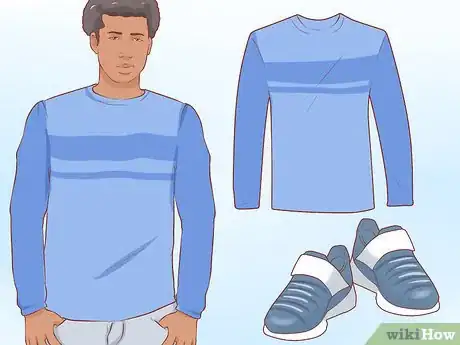
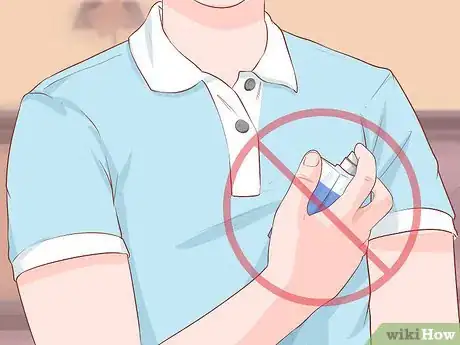
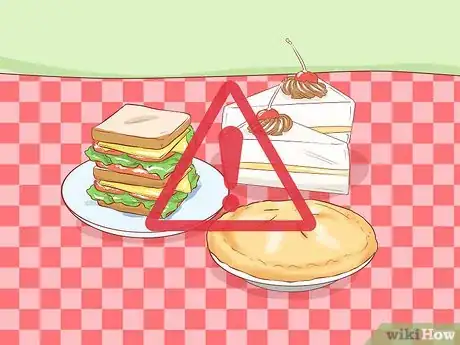
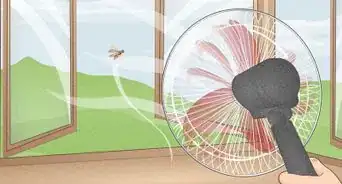
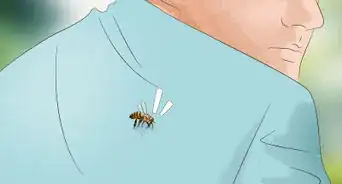

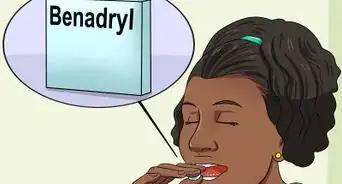
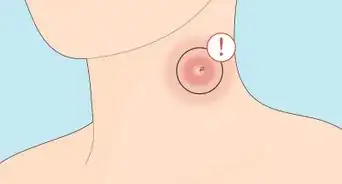
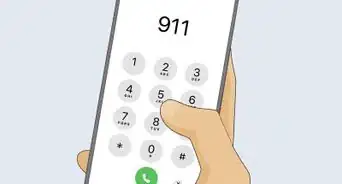
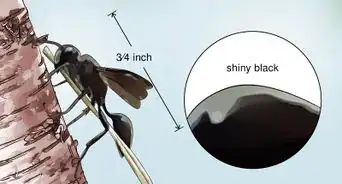
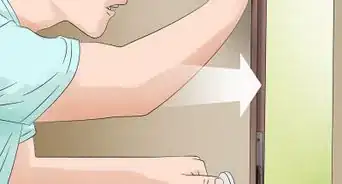
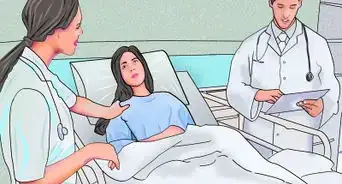
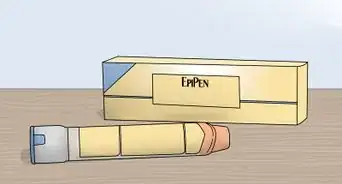
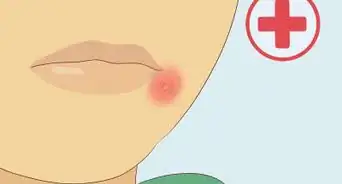
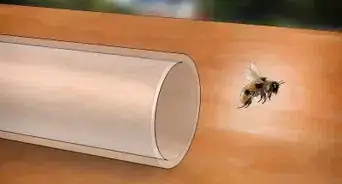

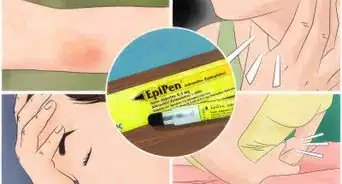









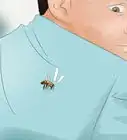

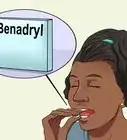



































Medical Disclaimer
The content of this article is not intended to be a substitute for professional medical advice, examination, diagnosis, or treatment. You should always contact your doctor or other qualified healthcare professional before starting, changing, or stopping any kind of health treatment.
Read More...